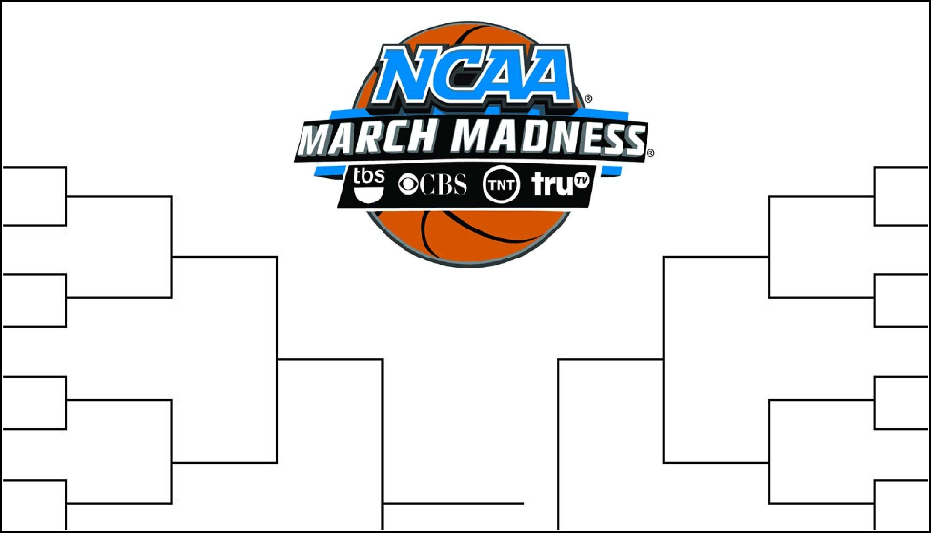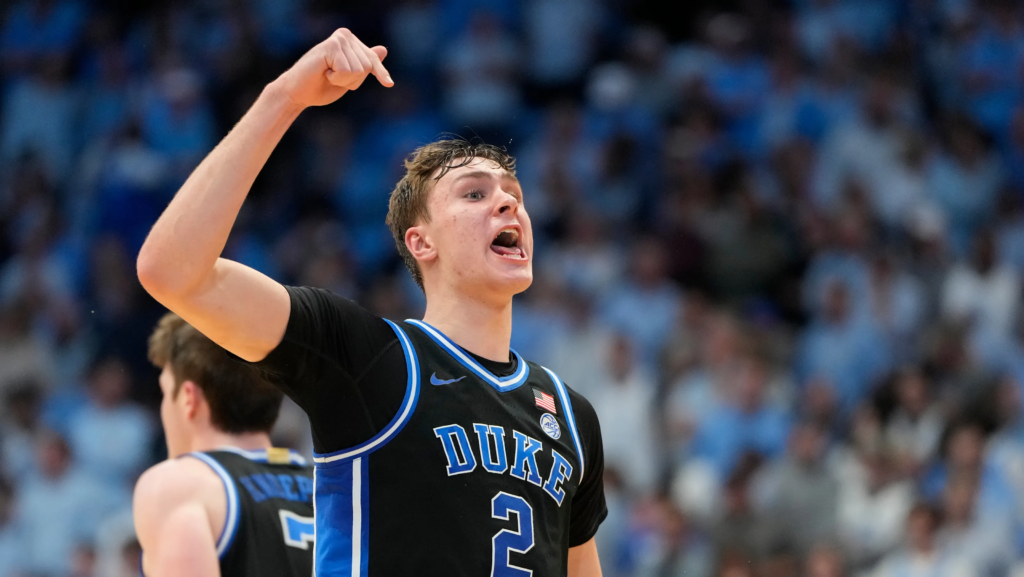As Selection Sunday approaches for the 2025 NCAA Men’s Basketball Tournament, bracketologists are working overtime to predict the final field. Every win, every upset, and every injury can dramatically shift the projected seedings. With conference tournaments nearing their conclusion, fans and analysts alike are focused on the last four questions that could decide the fate of bubble teams and top seeds.

Bracketology isn’t just about predicting who gets in — it’s also about understanding why teams move up, down, or out. This article breaks down the final four critical questions bracketologists must answer before the committee makes it official.
1. Will the Bubble Teams Do Enough?
Every year, a handful of teams are on the bubble — meaning they are just inside or outside the projected 68-team field. These teams often have similar records, key wins, and bad losses. It comes down to how they finish.
Key Bubble Teams to Watch:
- St. John’s Red Storm – A strong finish in the Big East could push them in.
- Texas A&M Aggies – Their inconsistent season needs a late push to impress the selection committee.
- Virginia Cavaliers – Known for their defense, but their offense has raised doubts.
The final games of the regular season and the opening rounds of conference tournaments are crucial for these bubble squads. One signature win could be the difference between dancing or staying home.
For a full list of bubble teams and their updated bracket position, visit ESPN Bracketology.
2. Can the Big Ten Secure Multiple Top Seeds?
The Big Ten has had another strong season. Purdue, Illinois, and Michigan State have all been in the mix at different times for a top seed. The question remains: can the conference secure more than one No. 1 or No. 2 seed?

What’s at Stake:
- Purdue Boilermakers are projected as a strong No. 1 seed, but a loss in the Big Ten tourney could bump them.
- Illinois Fighting Illini has the resume for a No. 2 or No. 3 seed.
- Michigan State Spartans need a deep conference tournament run to be in the mix for a higher seed.
The selection committee values strength of schedule, quality wins, and performance against top teams. The Big Ten has all of that — but it will come down to how their top teams finish.
Follow the latest conference updates at NCAA.com Big Ten Basketball.
3. Which Mid-Majors Will Crash the Party?
Every year, mid-major teams from smaller conferences become bracket busters. Teams like Florida Atlantic, Dayton, and Utah State are not only in the tournament conversation — they could also steal automatic bids or knock out big names.
Dangerous Mid-Majors:
- Florida Atlantic Owls – A repeat Cinderella from last year’s Final Four.
- Utah State Aggies – A top performer in the Mountain West with big scoring numbers.
- Drake Bulldogs – From the Missouri Valley Conference, they’ve shown potential all season.
If any of these teams fail to win their conference tournaments, they may still make the tournament based on strong résumés. But if a lower-ranked team wins those tournaments instead, that takes a spot away from a bubble team.
Keep an eye on updated bracket scenarios at CBS Sports Bracketology.
4. Who Gets the Final No. 1 Seed?
Three of the four No. 1 seeds seem locked in, but that final top seed is still up for grabs. The battle is heating up among elite programs from the SEC, Pac-12, and Big 12.
Top Contenders:
- Arizona Wildcats – A strong Pac-12 tournament could seal the deal.
- Tennessee Volunteers – Ranked high in the NET and KenPom metrics.
- Kansas Jayhawks – Experience and strength of schedule help their case.
This decision could influence entire regions of the bracket. The No. 1 seeds get easier matchups early and usually stay closer to home. If one of these teams stumbles, they could slide to a No. 2, opening the door for another school.
The committee considers overall record, NET rankings, and recent form. With little room for error, every game counts.
For real-time bracket projections and seeding updates, visit Bracket Matrix.
What’s Next: Final Thoughts
With Selection Sunday approaching on March 16, 2025, bracketologists and fans alike are watching every game with intensity. These last four questions could reshape the entire bracket. Will a bubble team make a surprise run? Can a mid-major upset a favorite in a conference final? Will the Big Ten dominate the top seeds?
The answers are coming soon — and they will define the matchups for March Madness 2025. Until then, the speculation continues.
Make sure to check out daily updates from:
Also read – Meet the Stars of USA Volleyball’s New U21 Women’s Team






